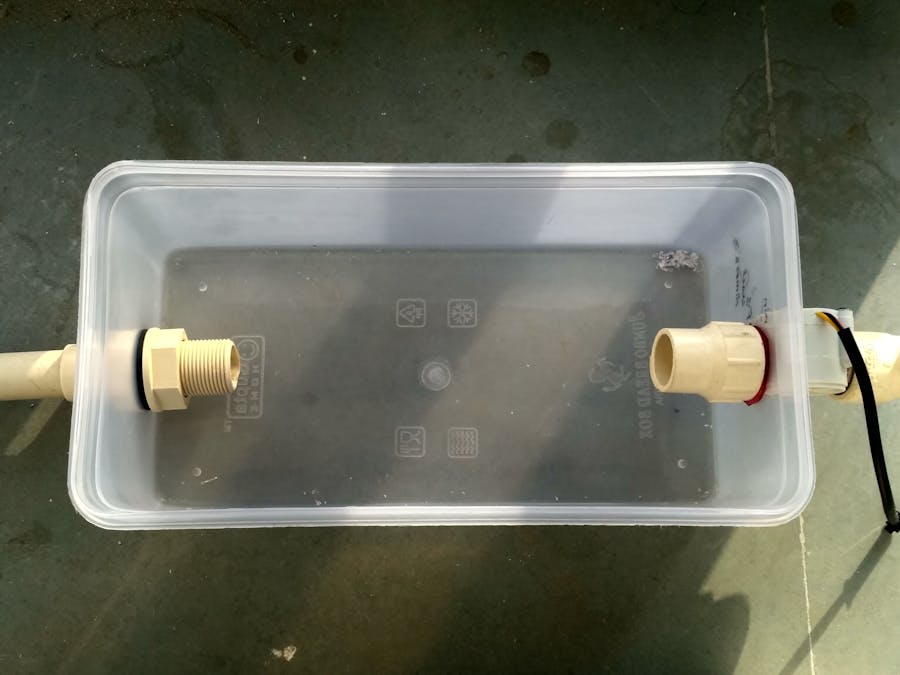Waterman is a device in form of a box which will check the contamination level of water and also the availability of water in the pipeline. The Waterman box is about 24 x 10 x 10 cm, having a flow sensor on one square side and small PVC pipe on another square side for leaving of water. There is one turbidity sensor and a conductivity sensor inside the box which are connected to the Arduino at the top of the box. There is also a buzzer connected with Arduino to produce signal alarm in case if needed.
WorkingWhen the water will come in the pipe it will check the quality of water according to the values of sensors. It will also check if water is not coming then it will also send a message to the owner. If the value of quality testing of water is above the threshold, i.e. water is contaminated, it will raise siren and send the warning message to alert that contaminated water is coming through the pipeline. Other than that it sends an email to municipality in case water comes dirty 'n' number of times.
What Inspired Us?Many time municipal cooperation cut the water supply without giving prior notice. Apart from that, contaminated water which is unsuitable even for bathing purposes. Our problem is mainly based on the CONTAMINATED WATER by the municipal. Underground constructions sometimes result in the leakage of the pipeline leading to mixing of water with undesirable substances or sewage water. Also, a lot of sludge(silt particles) gets mixed with the water and makes water unfit for domestic use.
Initially, to overcome from these problems, people have to manually check whether water is coming or not by hit and trial method. For this, they are bound to wait until late night or earlier in the morning.
To overcome this problem, we started to make this project.
Some of the Testing and Acquired Sensor DataTurbidity sensor gives us values near to 0 when water is milky/translucent and vica versa.
Conductivity sensor gives us values directly proportional to the amount of salts present in water and our tests shows that value of more than 300 out of 1023 from the conductivity sensor confirms that water is not drinkable.
Flow sensor was used to support our IoT controllable thing, so that user could know whether water is coming or not.







_ztBMuBhMHo.jpg?auto=compress%2Cformat&w=48&h=48&fit=fill&bg=ffffff)











Comments